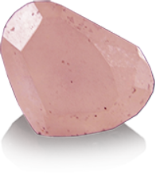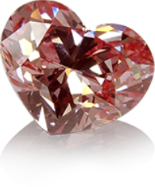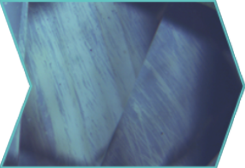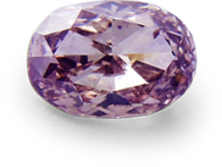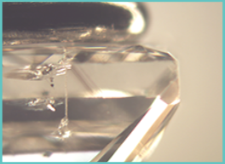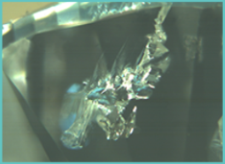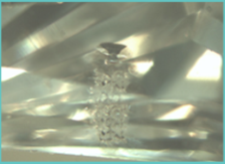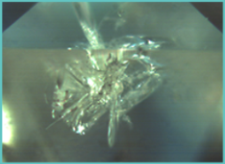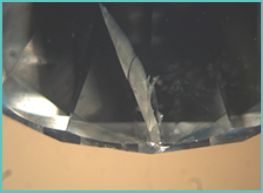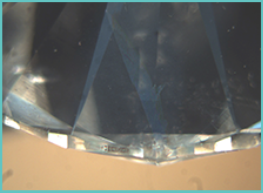First of all, I want to tell you two of the most important things about treated diamonds.
1. Treated diamonds' values are significantly lower than the similar untreated stones. According to the rules of CIBJO and US Federal Trade Commission laws, the seller must disclose all kinds of diamond treatments at the moment of sale. And now we will proceed to the most important thing.
2. Most kinds of enhanced diamonds do not remain stable for an extended period. There are six technics for color and clarity enhancement, but in my opinion, only two of them deserve your engagement ring. We will help you understand what kind of treated diamonds are recommended for purchase and what kind of treatments are better to avoid to prevent possible disappointment.
So, let's begin. Treating the diamonds has a specific purpose - to improve the visual appearance and the beauty of the diamond by improving two parameters: Color and Clarity. Accordingly, all diamond treatments are divided into two groups: Color Enhancement and Clarity Enhancement.
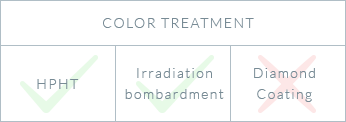





Now, let's talk about treatments that are not recommended for purchase.








It is up to every person to choose or to avoid clarity-enhanced diamond for her ring. I am personally would not advise you to purchase clarity-enhanced diamonds. If you wish to buy a good stone and save some money, I recommend looking for color-enhanced HPHT-treated stone, Bombardier, or laboratory-grown diamonds.


